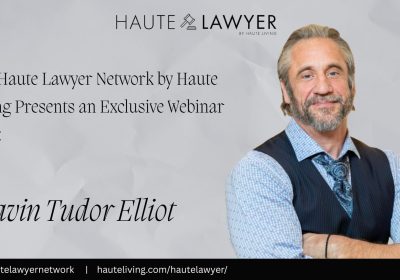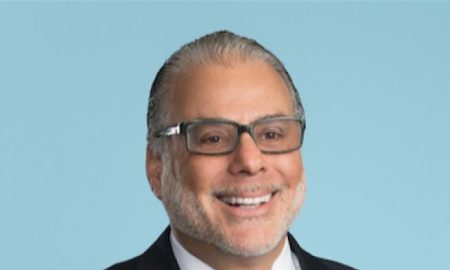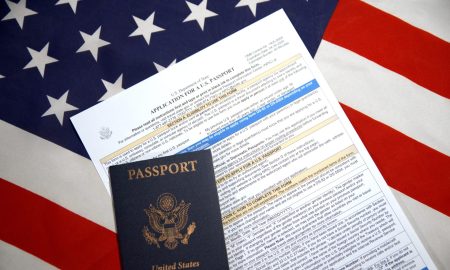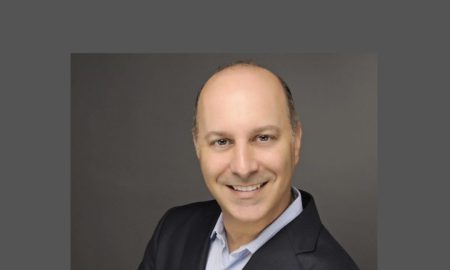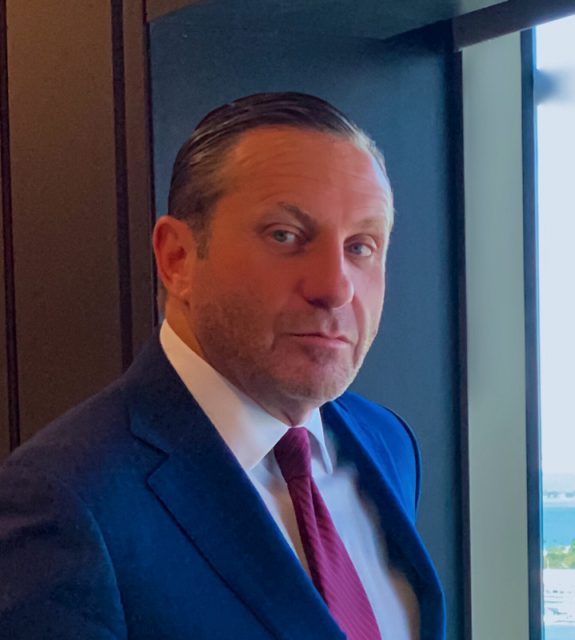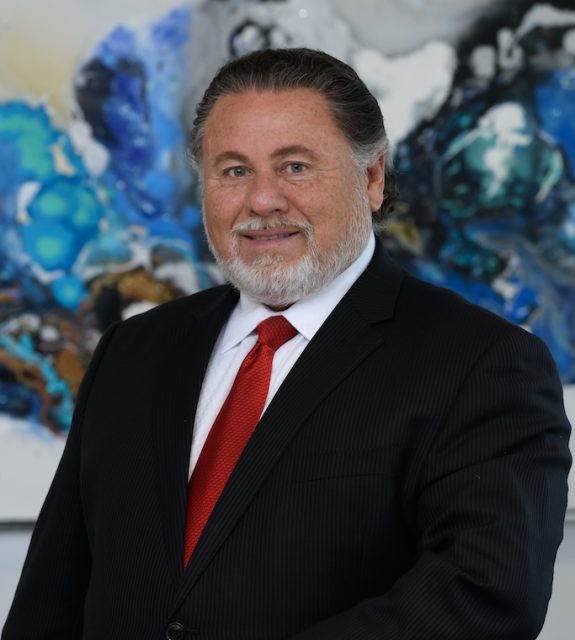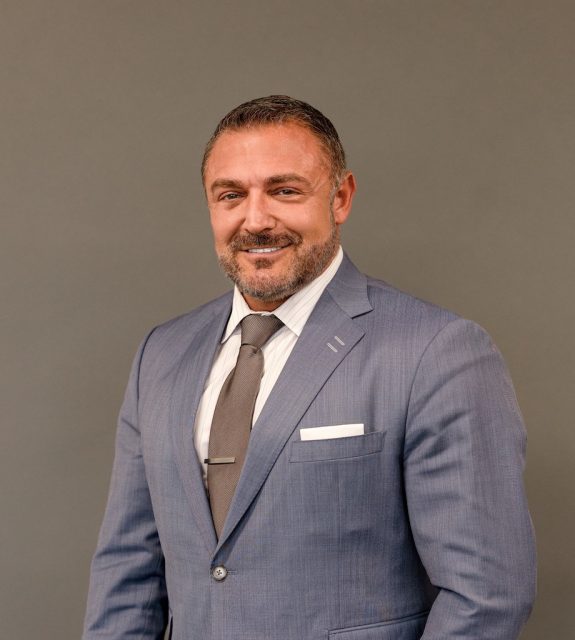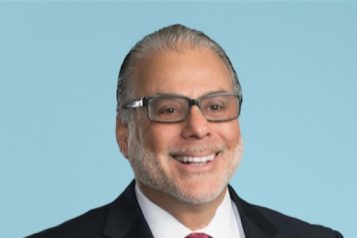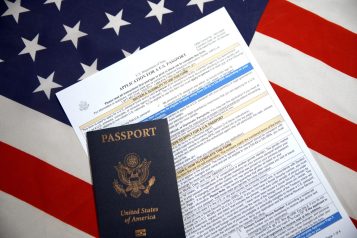
Tesla has reached a resolution in the wrongful death lawsuit involving Walter Huang, an Apple engineer and father of two, who tragically lost his life in a 2018 Autopilot-enabled crash in Mountain View, California. The settlement comes as jury selection and trial proceedings were underway in a California Superior Court. By settling, Tesla avoids the public scrutiny that would accompany a trial in this highly publicized case.
Following a thorough investigation by the National Transportation Safety Board (NTSB), it was determined in 2020 that Tesla’s technology played a role in the accident, along with potential driver distraction and road construction issues. The NTSB found that Tesla’s collision warning and automatic braking systems failed to function as intended, and other factors such as faded lane markings and barrier positioning contributed to the collision.
Huang’s family filed a wrongful death lawsuit against Tesla, citing safety and design flaws in the company’s driver assistance systems. The case, Sz Huang et al v. Tesla Inc. et al, was brought before a California Superior Court in Santa Clara County. Huang’s attorneys also referenced social media and marketing messages from Tesla and CEO Elon Musk, which suggested that Autopilot could be used without full attention to the road, further complicating the legal proceedings.
Despite Tesla’s argument that Huang was an inattentive driver, the company ultimately opted to settle the case. Details of the settlement remain confidential, as Tesla has moved to seal the agreement to prevent potential implications for future litigation. This resolution concludes years of legal battles but leaves lingering questions about Tesla’s safety practices and the reliability of its driver assistance systems.
Attorneys representing Tesla and the Huang family were not immediately available for comment. The outcome of this case underscores the broader implications for Tesla’s liability in similar product-related lawsuits and its commitment to addressing safety concerns moving forward.





